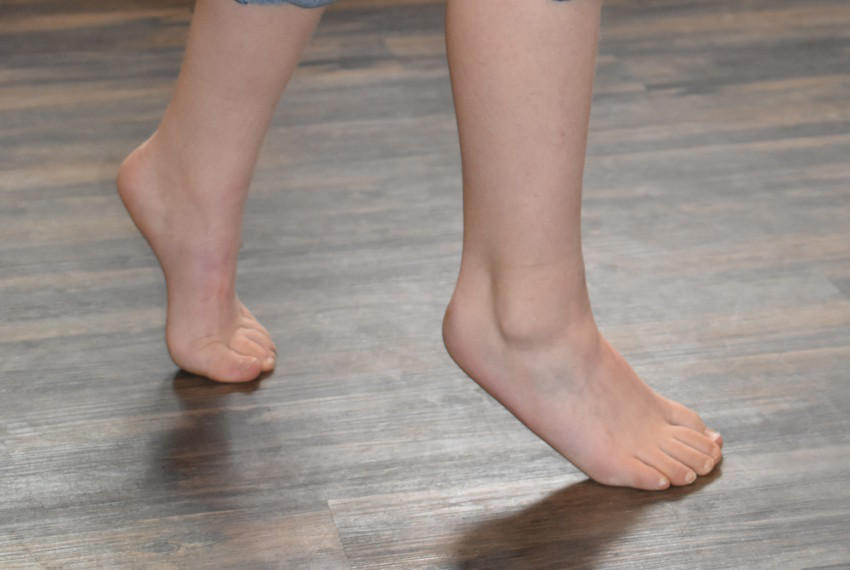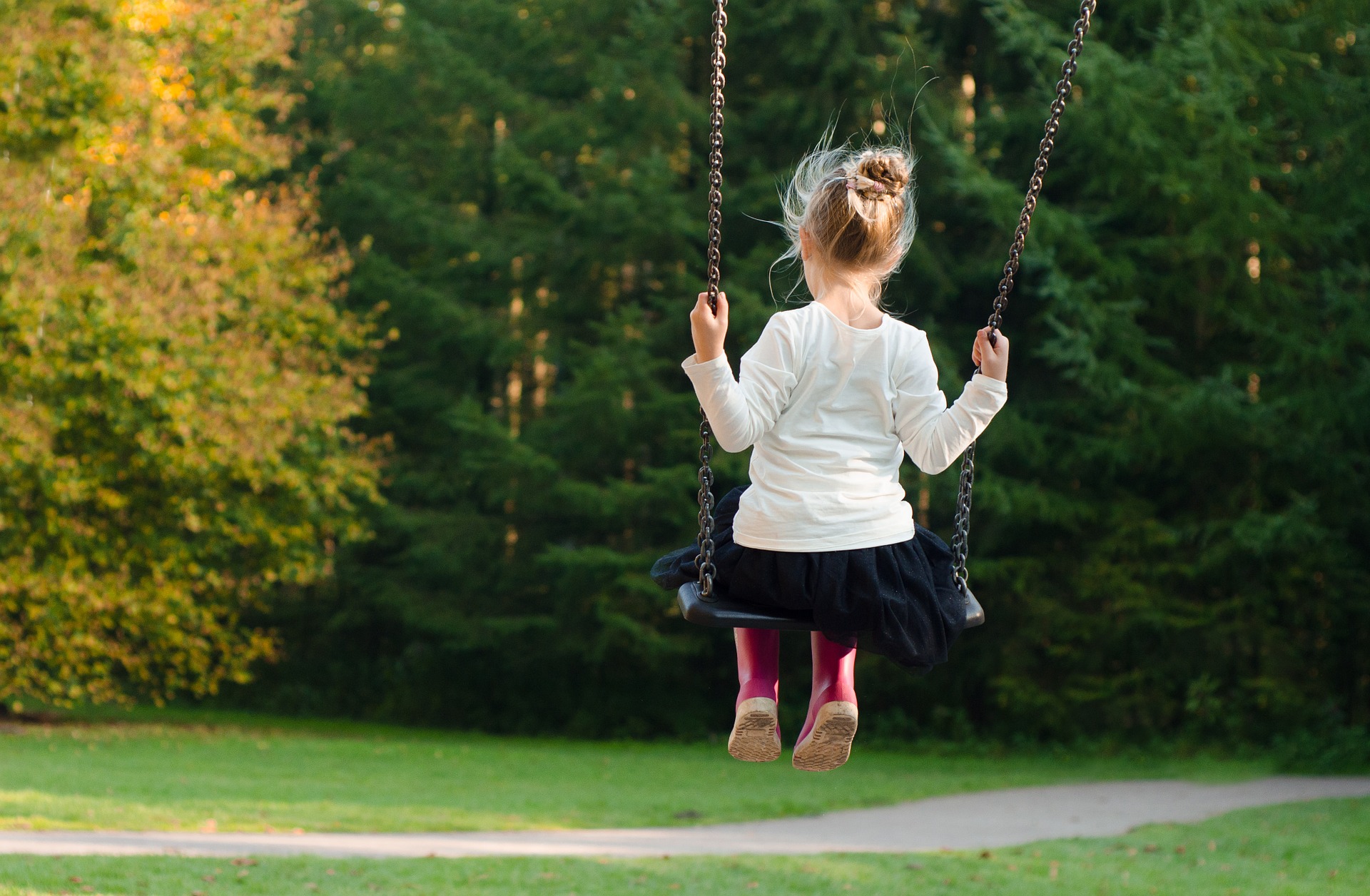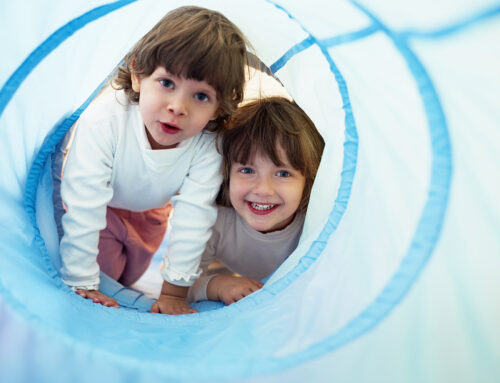The Sixth and Seven Senses: The Vestibular and Proprioceptive Systems
The proprioceptive system provides information to your brain about your body’s position in relation to your environment (which direction you are facing, for example, or how close you are to obstacles). The proprioceptive system also tells you the amount of effort being used to move your body, and regulates both emotional responses and sensory input.
All children need to learn how to use the vestibular and proprioceptive systems, just like the other five senses.
Activities that target the proprioceptive system:
- weighted blankets
- climbing
- pushing/pulling
- carrying heavy objects/ wearing heavy bag
- play-doh
- stress balls
- press against with a pillow
- box of beans
- paint with paintbrushes
- suck through a straw


Dysfunction in the proprioceptive system can lead your child to take actions that may seem odd, such as:
- moving too quickly
- crashing into things
- seeming lethargic
- poor awareness of where their body is and how to move it smoothly
- walking on tiptoes
- chewing on shirt
- weakened muscles
- poor endurance/posture
- slumps
- clumsiness
- movements are robotic or flappy
- holds writing implements too tight or too loose
- looks with eyes to make body position adjustments
- difficulty judging force or distance
- frequent hitting/pushing incidents
The vestibular system provides information through the inner ear that tells us about our head position and how (or if) we are moving. Your understanding of movement and balance helps you coordinate the movement of your head with your eyes, enables you to use both sides of your body at the same time, tells you which direction you’re going and how fast, and enables you to remain upright. The vestibular system is your body’s internal GPS.
Activities that target the vestibular system:
- using a rocking chair (or just rocking back-and-forth)
- swinging
- jumping
- sliding
- spinning


Symptoms of vestibular dysfunction:
- difficulty with attention or following instructions
- delay in speech or language skills
- poor eye control
- dysregulation
- clumsiness
- poor postural control (often falls from chairs)
- poor hand-eye or eye-foot coordination
- unsteady when walking on ground
- unable to be held up in air/upside down/or spun
- dislikes tilting head backwards (like in the tub to wash hair)
- stabilizes themselves by walking with hands on walls
- afraid to go down stairs
- seems oblivious to risk of heights or moving equipment
- doesn’t get dizzy even with excessive spinning or gets overly dizzy with barely any movement at all

Eyas Landing is a therapy clinic with a mission to provide evidence-based and family-centered therapy services for children, adolescents, and their families. The primary goal is to deliver relationship-based interventions within the most natural environments and to empower families to reach their full potential. To achieve this goal, our highly educated, compassionate staff dedicates time and expertise to create experiences that maximize therapeutic outcomes. The strength, determination, and perseverance of our clients are evident as they succeed in therapy, and ultimately in their daily lives.
Eyas Landing offers a wide range of comprehensive services including Speech Therapy, Occupational Therapy, Physical Therapy, ABA Therapy, Social Work, Family Therapy, and Neuropsych testing. Services are provided throughout the Chicagoland area via Telehealth, In-Home, and in our state of the art clinic.
Want to learn more or you have a specific question? Feel free to connect with us here!



